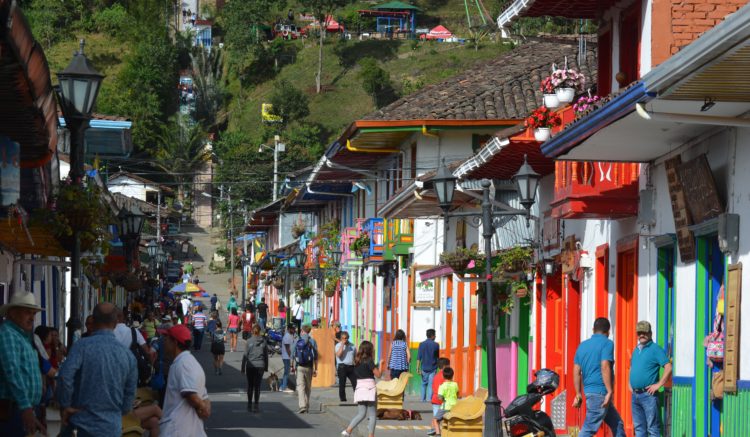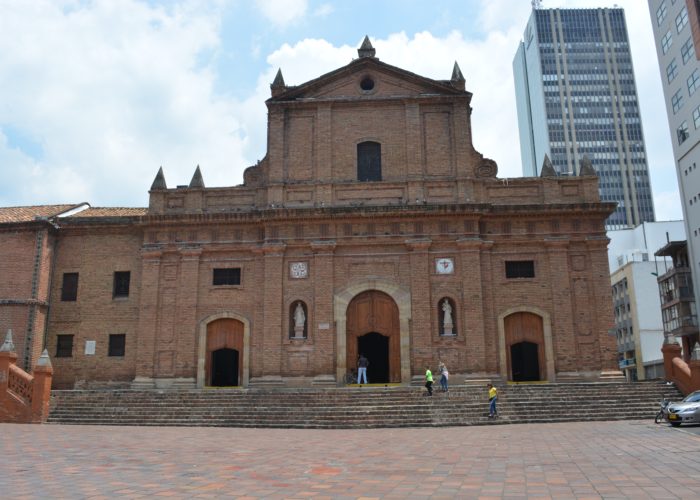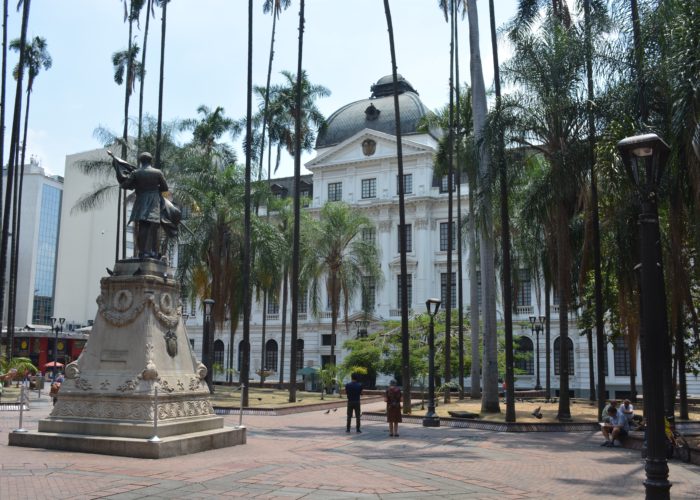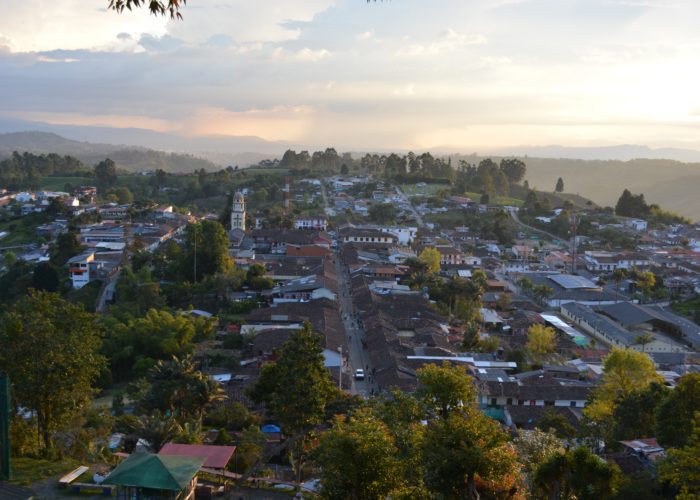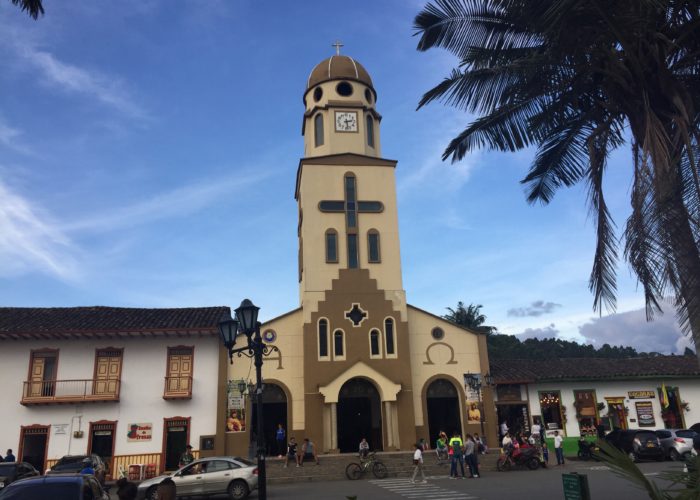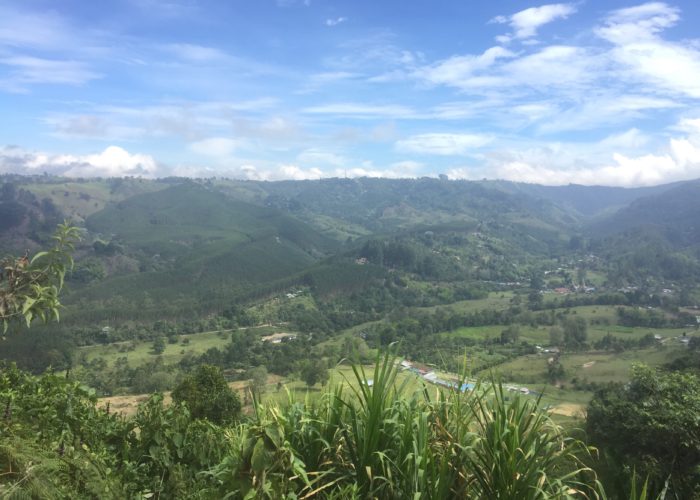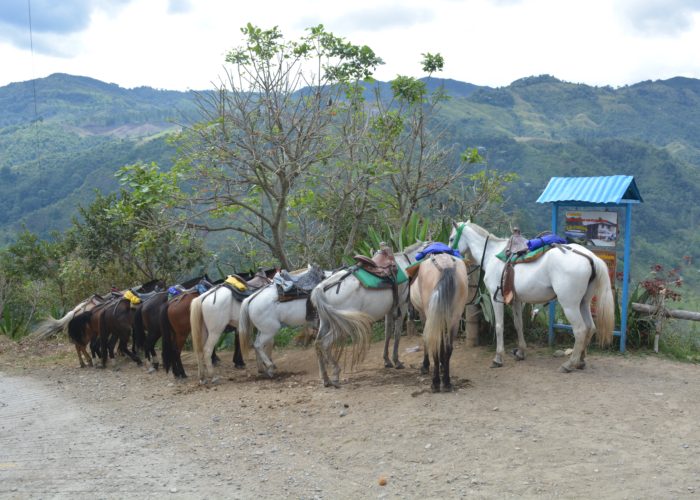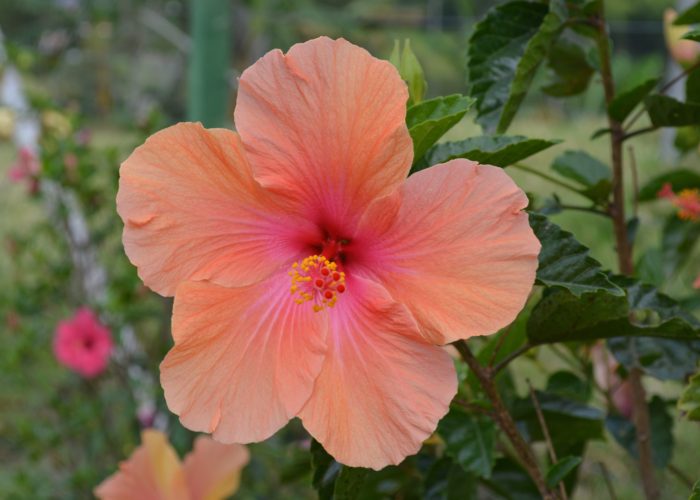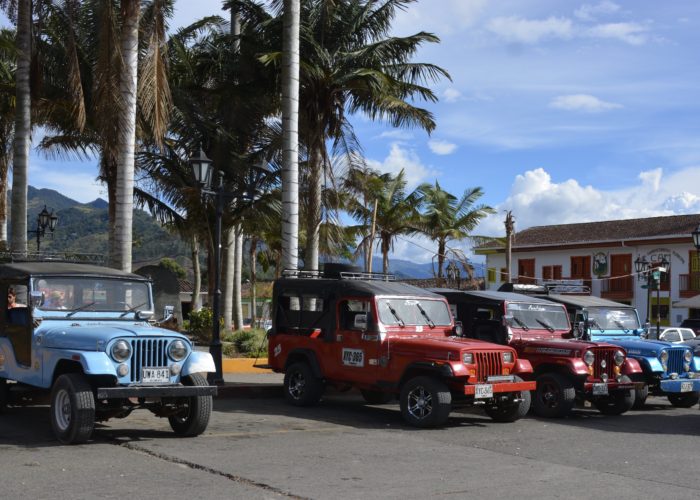The bus from Popayán to Cali took just over three hours through some incredibly fertile farmland where it seems that anything can grow. Indeed after the Andean countries to the South, Colombia feels very different, much more European and has many similarities with Brazil and Argentina. The intercity roads are largely dual carriageway and well maintained and the cities show higher levels of wealth and consumer goods.
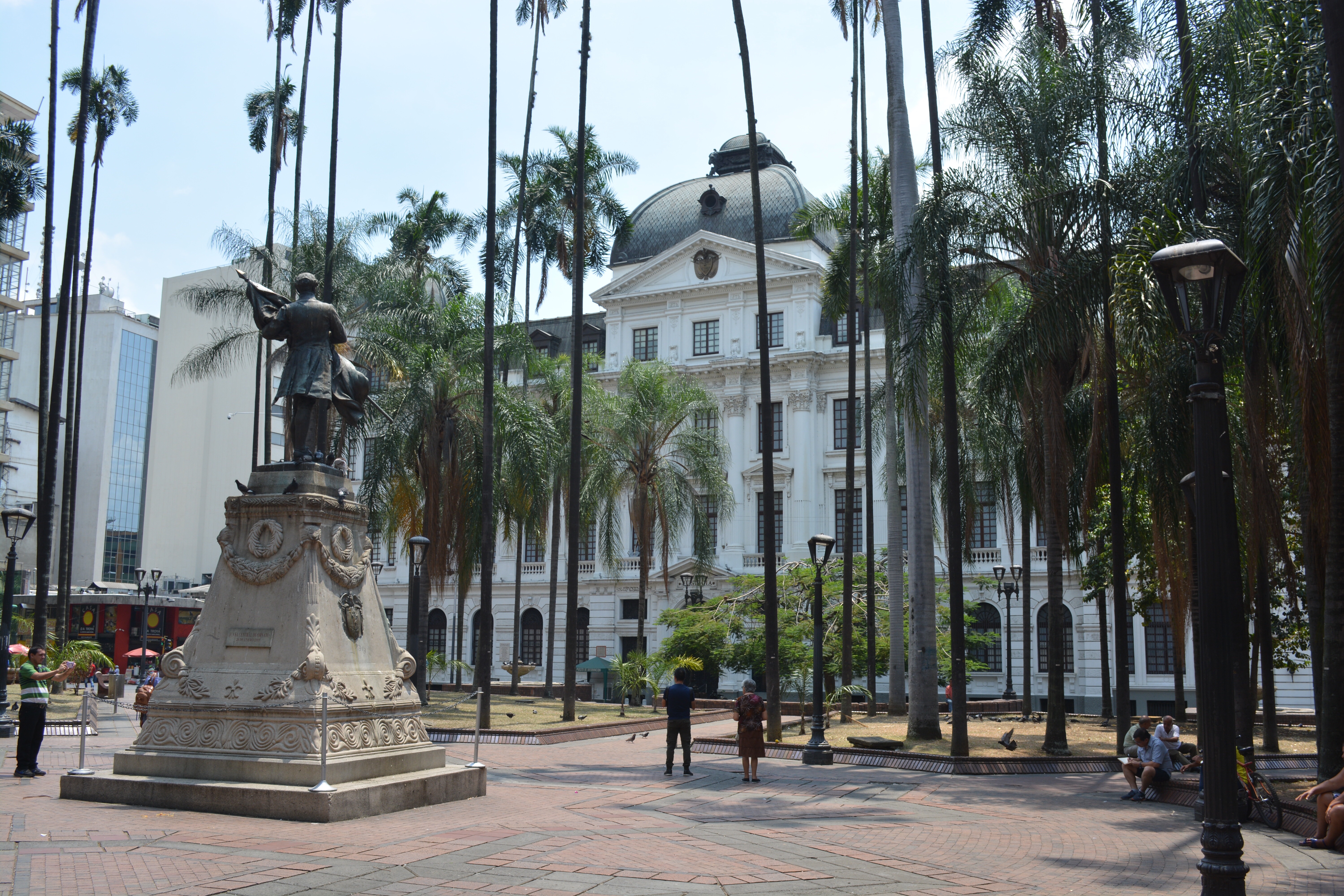
Cali or Santiago de Cali to give its formal name is a large city with well over a million people and is famous for being the Colombian capital of salsa. While we are to old to partake in salsa, the bars and clubs are present all over the city. We arrived on a Saturday afternoon and the traffic in the city was pretty full on as everyone was finishing for the week and getting ready for their night out and then a quiet Sunday.
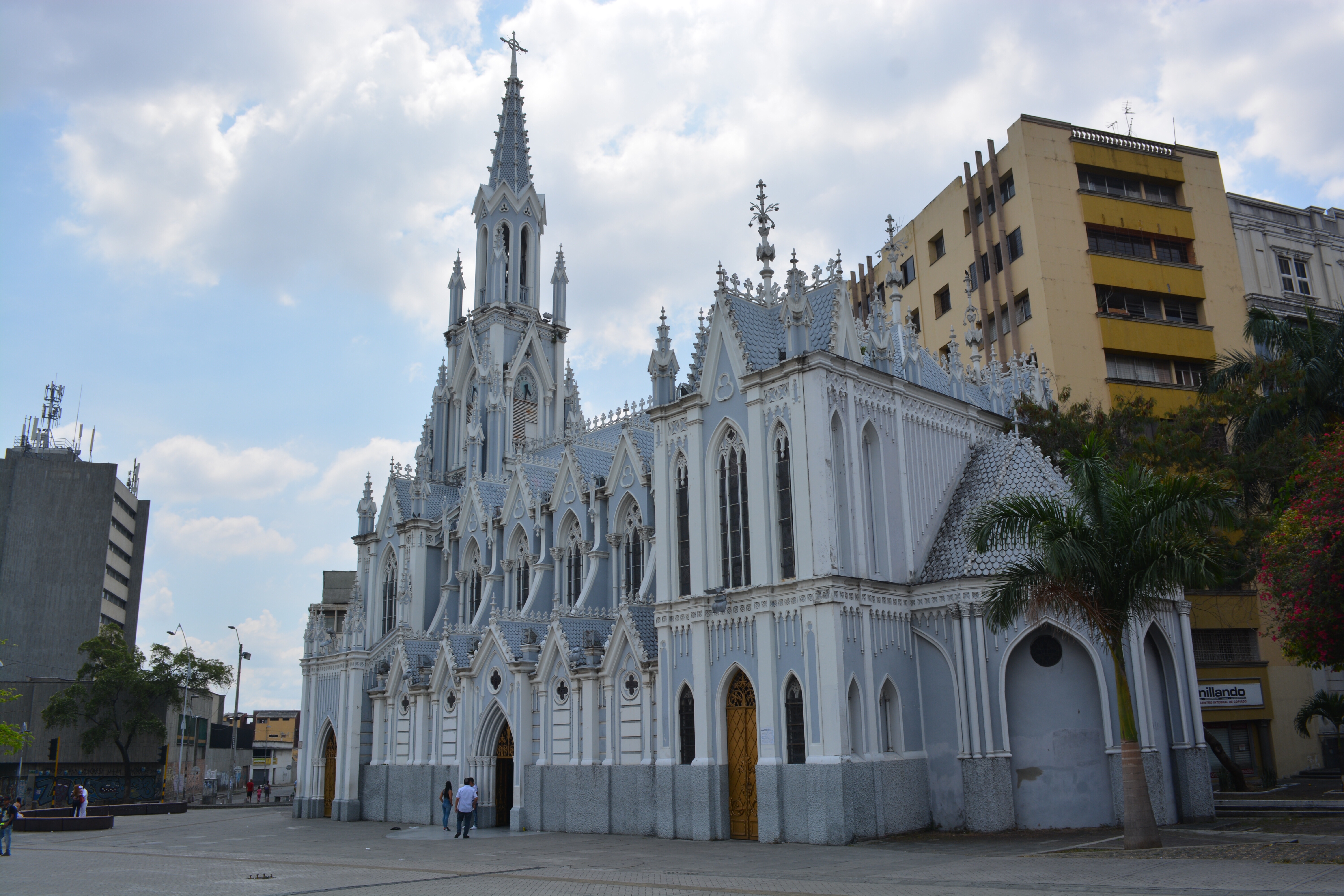
We stayed in a modern hotel that would not have been out of place in Hoxton, London or other similar places in the world’s trendiest cities. The area was just across the main park from the main city centre and was full of boutiques, bars and restaurants. The main its centre like many Latin American cities is principally a commercial area that goes to sleep after the working day as the population go back to their condominiums and residential neighbourhoods.

On the Sunday the main city centre was quiet, though all the churches were open. Again the usual range of Catholic saints having their own church. Probably the most interesting church was the Iglesia de Merced and its surrounding complex of religious buildings. The church dates from 1678 and has to be one of the oldest churches in Latin America. The other principal sites in the centre were the Iglesia Ermita which looks like a gothic blue wedding cake and the main Plaza de Caycedo, which is interesting because it has a number of the enormous wax palm trees that can grow up to 60 metres tall and are the National tree of Colombia.
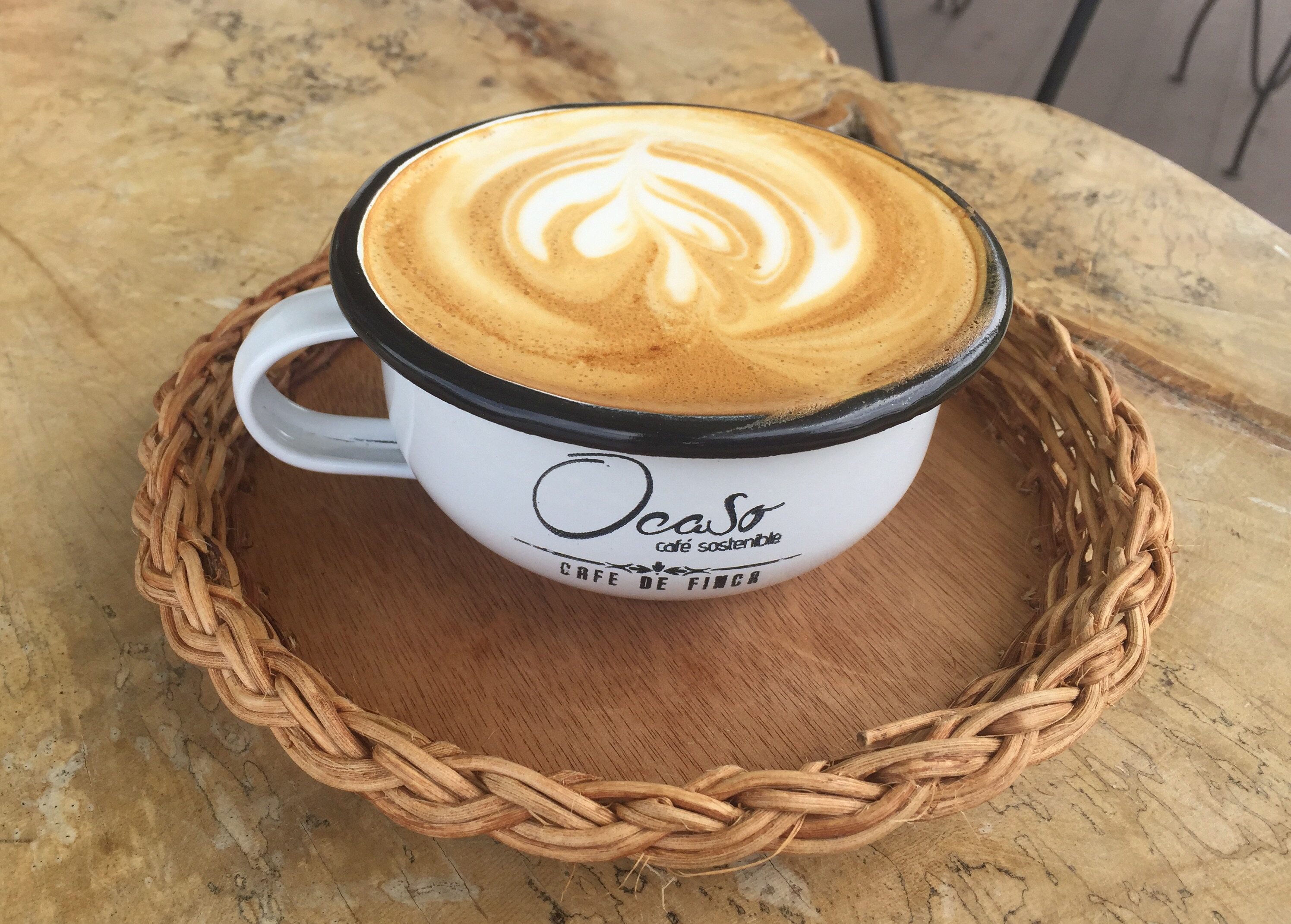
The journey North to the Zona Cafetera passed through the very fertile Cauca River Valley on its long way to the Caribbean Sea. Massive fields of yucca, sugar cane and other cash crops surround the main highway together with their related agribusinesses. The 178 km from Cali to Armenia, the first major town in the Zona Cafetera along the modern dual carriageway had to be our fastest journey since the heartlands of Northern Argentina. After a quick change in Armenia we boarded a local bus for the final 27 km to Salento, a delightful old colonial town right in the heart of the Zona Cafetera.
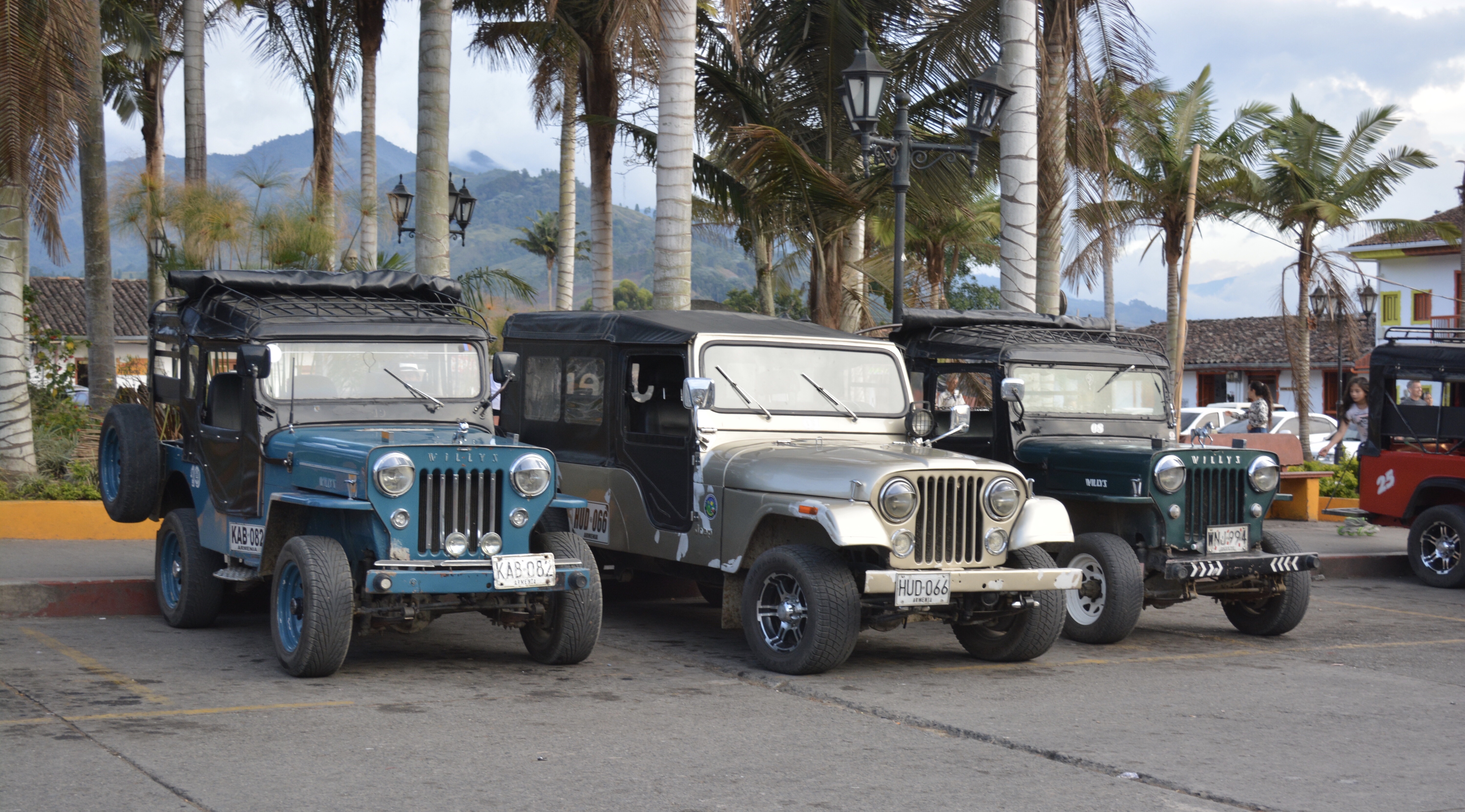
Salento is well and truly on the Colombian backpacker trail and is the first Colombian town that we have been to so far that is dominated by the tourism industry. However, the scale of the tourism industry is still relatively small when compared to Peru, so there is plenty of time to discover this part of Colombia before all the hoards of visitors arrive. Pretty much all the old buildings are brightly painted in primary colours, not the typical whites, ouchres and muted colours of other colonial towns in Latin America. The local taxis are old US Army jeeps, again painted in primary colours that ferry the tourists to the various coffee fincas and the surrounding countryside and National Parks.
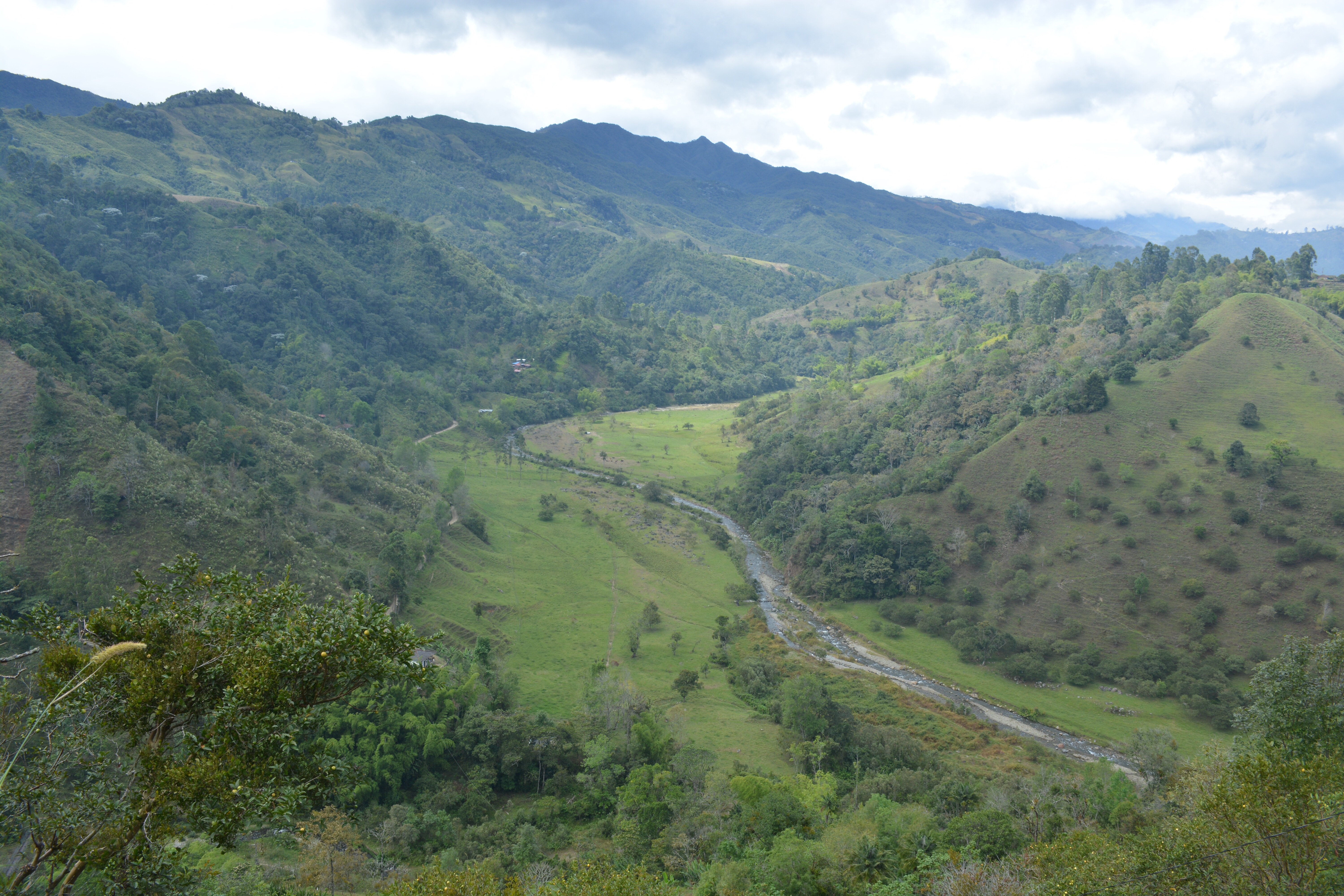
The big things to do in Salento, apart from just chilling and people watching in the bars and restaurants that surround the main square, is to visit one of the coffee fincas and trek the Cocora National Park. There are many coffee fincas in the lush countryside surrounding the small town and each offer a tour through the coffee fields and the processing of the raw coffee berries into the beans that are exported. The coffee trees are often interspersed with banana, guava, lemon, orange and other trees so as to protect them from a monoculture and keep the soil fertile and productive.
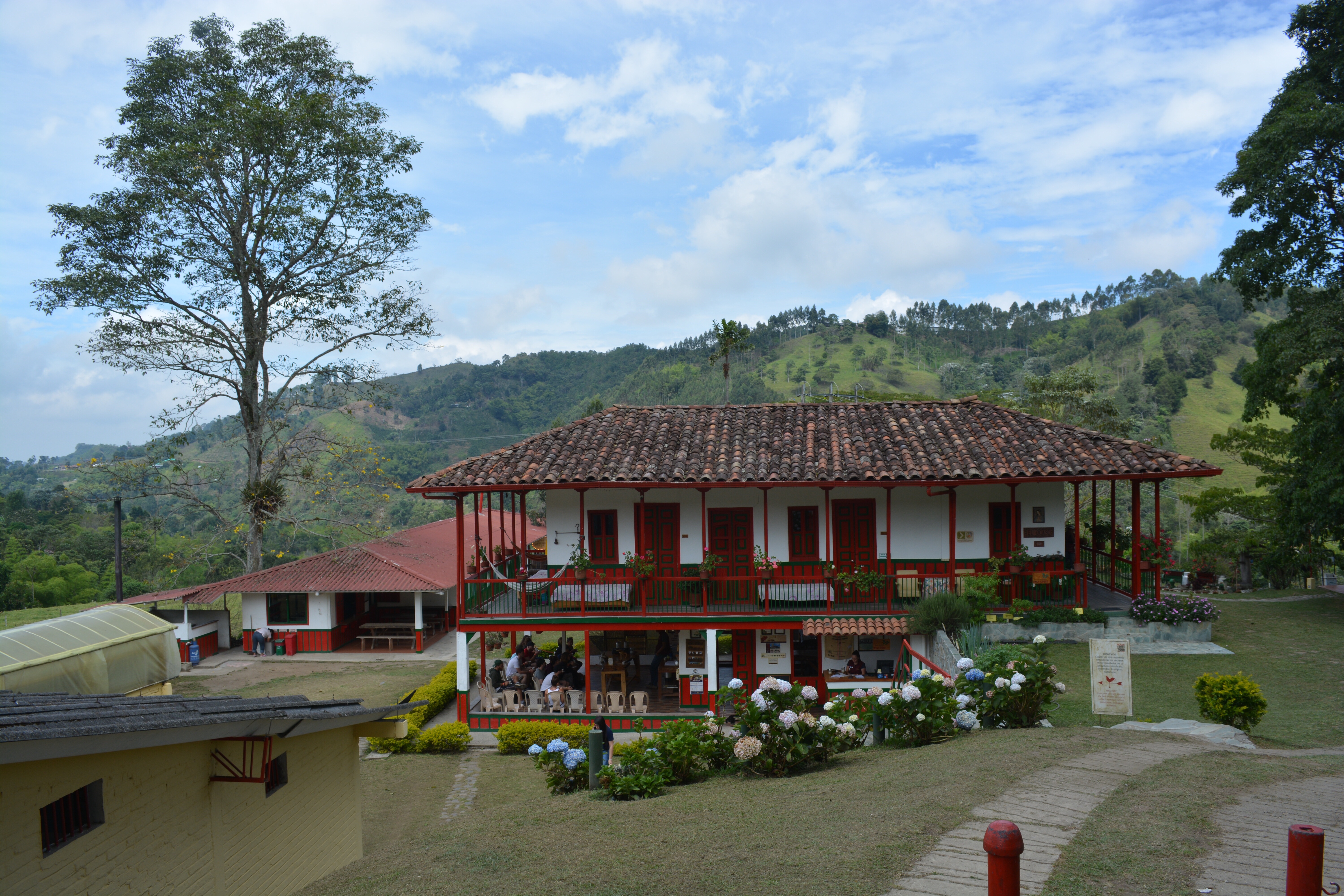
Our visit was right at the beginning of September, so was just at the start of the coffee harvesting season. The ripe berries are either red or yellow and contain two seeds, or occasionally one, which is called a peabody and is supposed to have the best flavour. The coffee trees take two years to grow to maturity when they will have five harvesting years before being cut back down and after two years of growing back will give another five years of harvest. This process is repeated a final time for a further four years of harvesting and then the tree is replaced. The arabica coffee trees are deliberately kept to a hight of around two metres so as to keep picking easy and safe as the Colombians are not the tallest nationality.

Once picked the berries are pealed and the beans washed and dried. The poorer quality beans will float on the water and are thus put aside for hard roasting and selling as a low quality coffee. The quality beans are exported all around the globe and in the most part are roasted in their country of destination as local tastes between countries and different markets vary enormously.
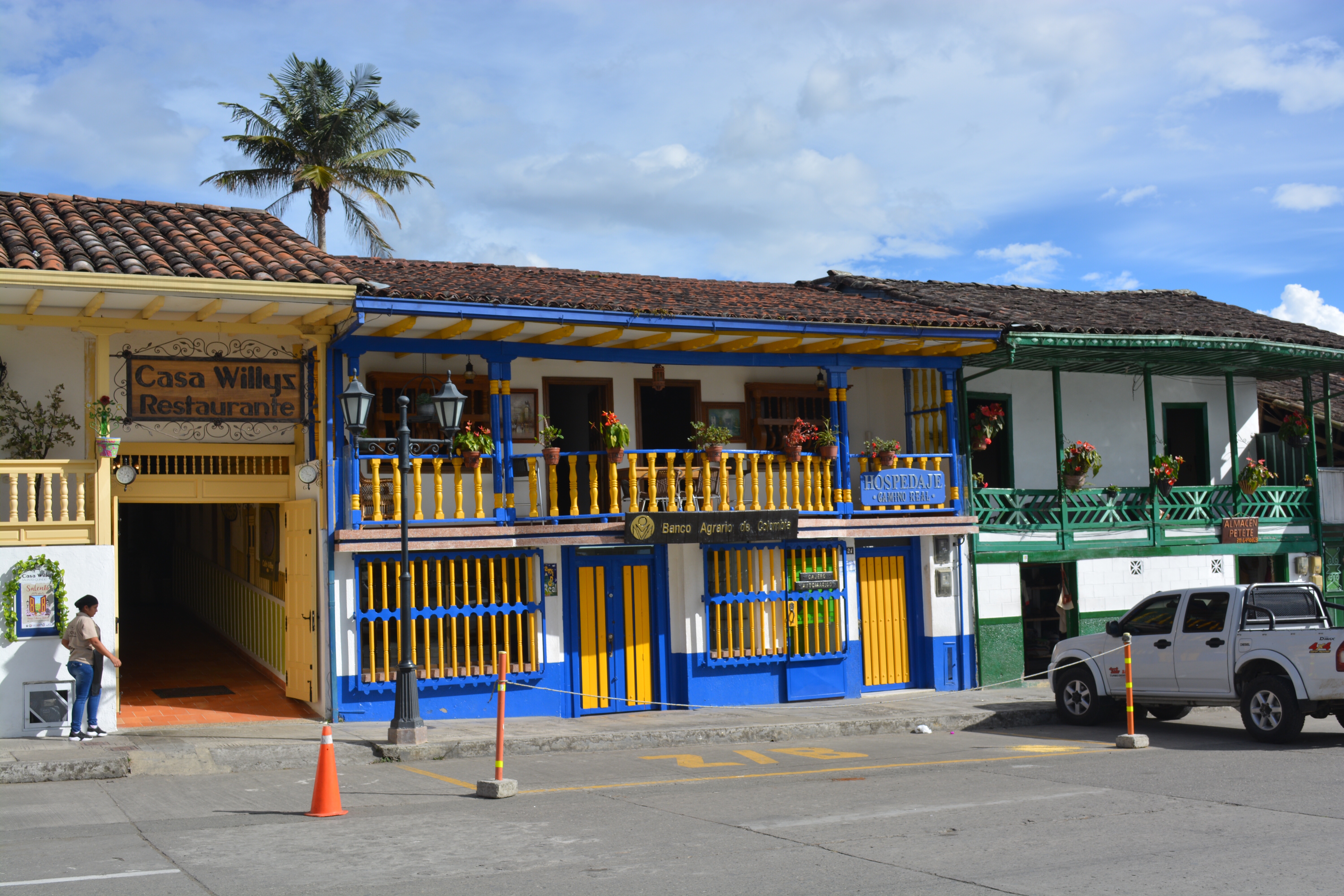
The coffee, as one would expect, served in Salento, and for that matter much of Colombia today is of an excellent quality, full of flavour, aromas that befits the nation with a proud reputation as the premier if not the largest coffee producer in the world.
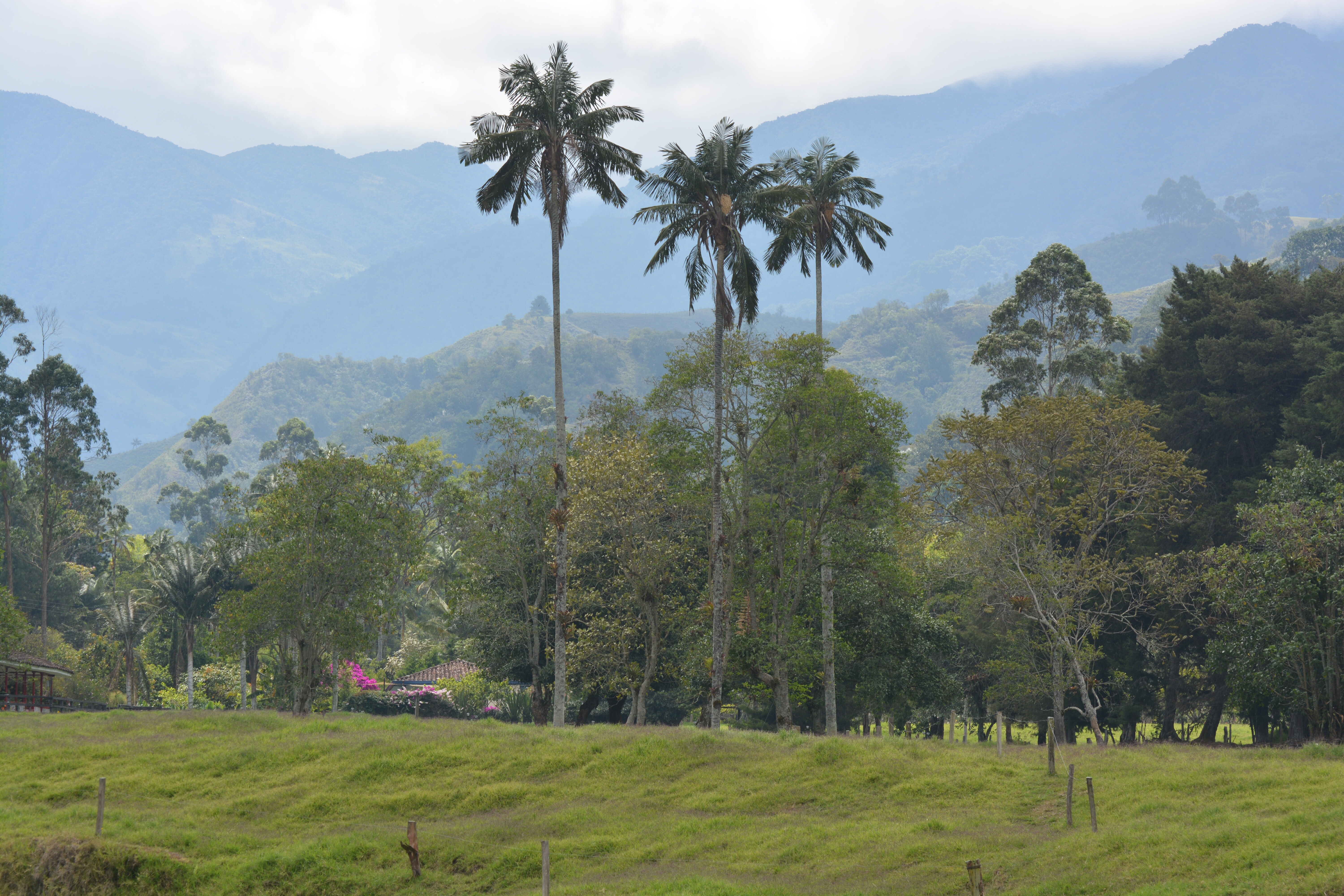
The countryside around Salento has to be one of the most aesthetically pleasing with its gentle hills, fast flowing rivers and a multitude of different greens in all the trees and vegetation. The Colombian wax palms with their thin trunks and massive hight standing sentry over the whole landscape.
Date: 01/09/2018 to 06/09/2018
